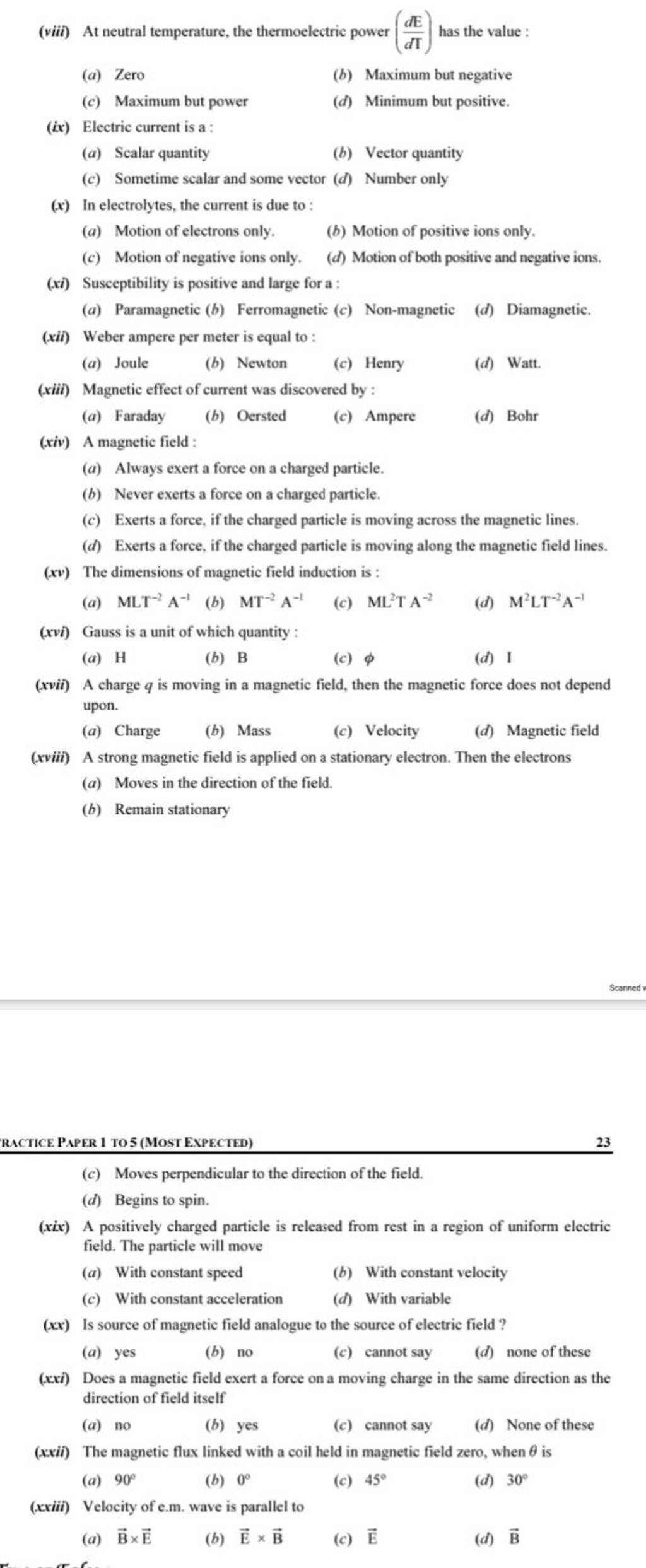Question
Question asked by Filo student

Weber ampere per meter is equal to :
- Joule
- Newton
- Henry
- Watt.
Found 7 tutors discussing this question
Discuss this question LIVE
9 mins ago

One destination to cover all your homework and assignment needs
Learn Practice Revision Succeed

Instant 1:1 help, 24x7
60, 000+ Expert tutors

Textbook solutions
Big idea maths, McGraw-Hill Education etc

Essay review
Get expert feedback on your essay

Schedule classes
High dosage tutoring from Dedicated 3 experts
Practice more questions on Modern Physics
Question 1
Medium
Views: 5,355
Question 2
Easy
Views: 6,109
Reason: Direction of current inside a battery is always from negative terminal to positive terminal.
Question 3
Easy
Views: 5,923
Question 4
Medium
Views: 5,760
Students who ask this question also asked
Question 1
Views: 5,243
Question 2
Views: 5,324
Question 3
Views: 5,397
Question 4
Views: 5,742


Stuck on the question or explanation?
Connect with our Physics tutors online and get step by step solution of this question.
231 students are taking LIVE classes
| Question Text | Weber ampere per meter is equal to : |
| Updated On | Oct 10, 2022 |
| Topic | Modern Physics |
| Subject | Physics |
| Class | Class 12 |
| Answer Type | Video solution: 1 |
| Upvotes | 105 |
| Avg. Video Duration | 24 min |



